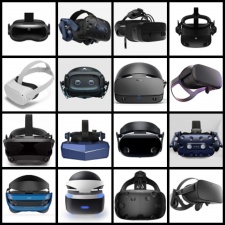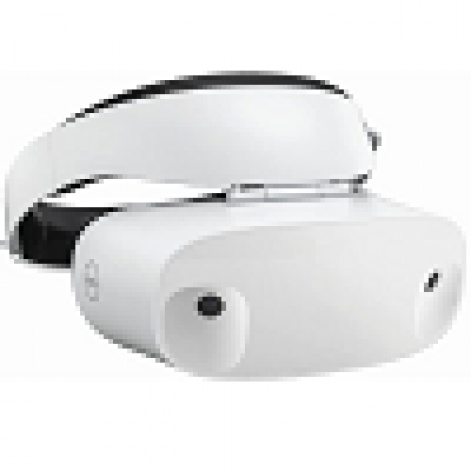When we first started TheVirtualReport.biz in the summer of 2016, the range of virtual reality consumer hardware was considerably smaller than it is now. Disregarding mobile solutions utilising smartphones such as Google Cardboard that begat Daydream, or Samsung's Gear VR, it was a two-horse race for 'proper' VR.
First to market was the Oculus Rift in March 2016 - albeit sans the all-important Touch controllers that wouldn't appear until August - with HTC's Vive offering a complete VR system from April. Console players could get in on the action from October that same year, thanks to Sony's hugely popular PlayStation VR, hamstrung though it was by already out-of-date controllers.
Why the history lesson?
Well, in the five years since, not only have we seen subsequent generations of hardware from Oculus and HTC, but we've also welcomed specialist newcomers to market from the likes of Varjo and Pimax, plus a rash of Windows Mixed Reality (WMR) headsets in 2017 from more familiar brands such as Dell, Acer and Lenovo.
The specs have moved on too. From the Rift's resolution of 2160x1200, 90Hz refresh and a horizontal field of view of 88-degrees, to Pimax Vision 8KX's 7680x2160 resolution and 200-degree field of view, plus 120Hz refresh rate from the likes of HTC Vive Pro 2 and Oculus Quest 2.
All those numbers can be hard to keep track of now, so we've compiled the data from the most popular and noteworthy HMDs into the handy reference table below. We'll update it with the latest information every time a major new HMD is released, so bookmark this page today as a handy reference tool for the future.
VR Headset specs comparison table
Listed in date order, most recent first. Prices based on MSRP at launch, all specs correct at time of writing.
| Headset | Name | Resolution | Refresh | FoV | Price | Released |
|---|---|---|---|---|---|---|
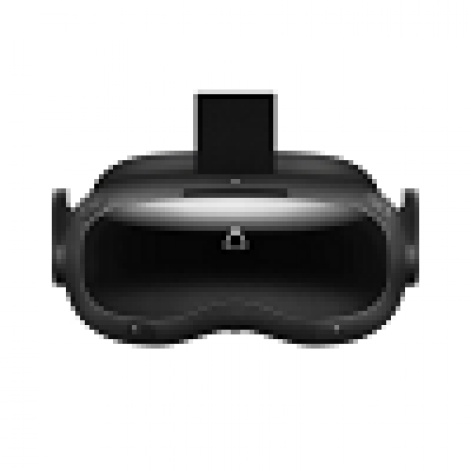 |
HTC Vive Focus 3 | 4896x2448 | 90 | 116 | $1300 | 2021 |
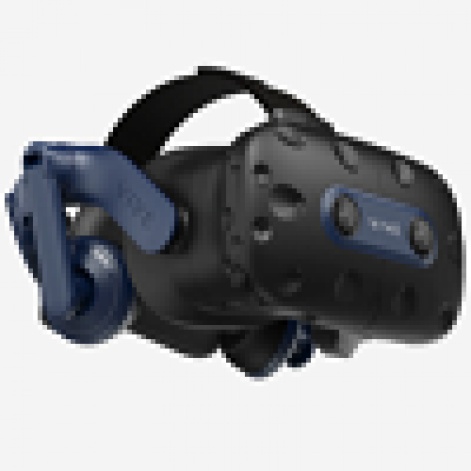 |
HTC Vive Pro 2 | 4896x2448 | 120 | 116 | $1399 | 2021 |
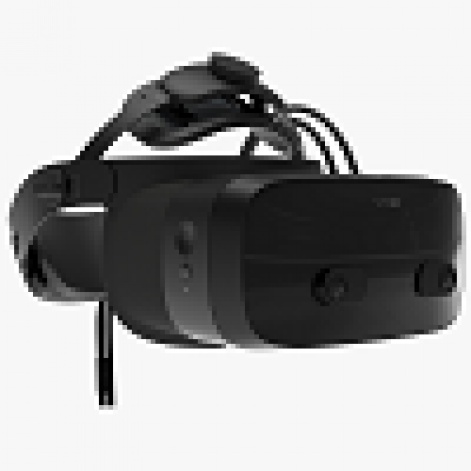 |
Varjo VR-3 | 5760x2720 | 90 | 115 | $5495 | 2021 |
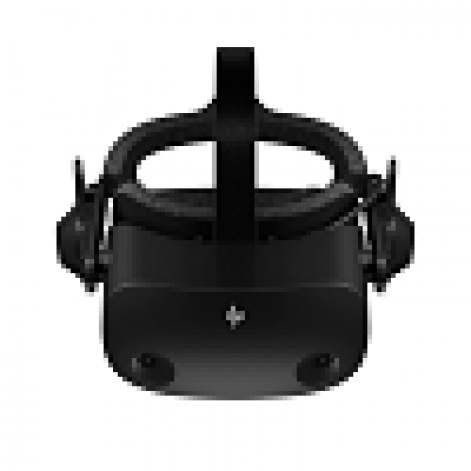 |
HP Reverb G2 | 4320x2160 | 90 | 98 | $599 | 2020 |
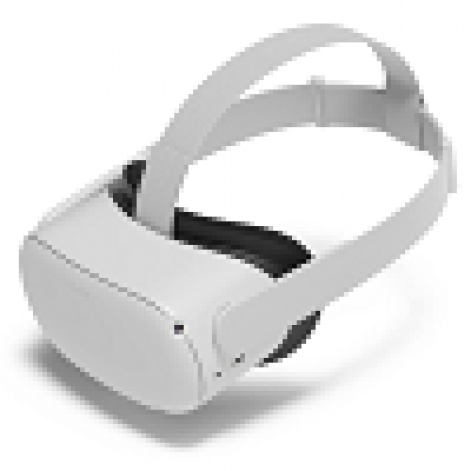 |
Oculus Quest 2 | 3664x1920 | 120 | 89 | $299 | 2020 |
 |
HTC Vive Cosmos Elite | 2880x1700 | 90 | 99 | $899 | 2020 |
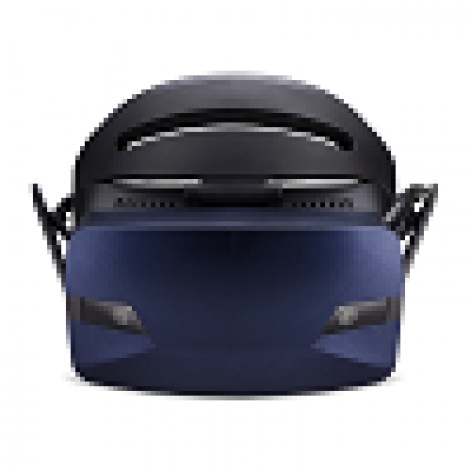 |
Acer OJO 500 | 2880x1440 | 90 | 95 | $399 | 2019 |
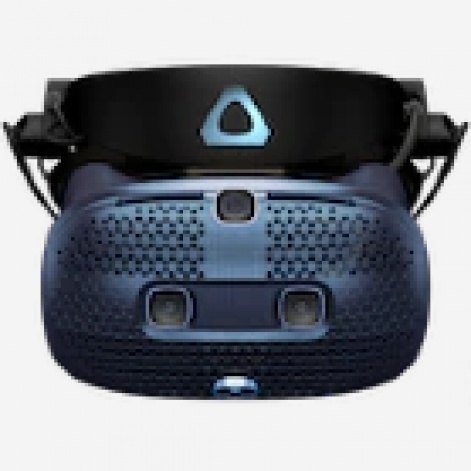 |
HTC Vive Cosmos | 2880x1700 | 90 | 99 | $699 | 2019 |
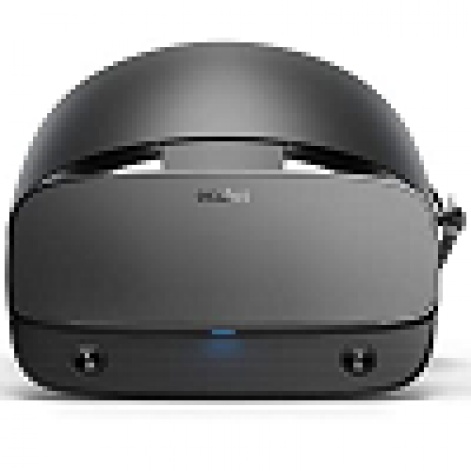 |
Oculus Rift S | 2560x1440 | 80 | 88 | $399 | 2019 |
 |
Oculus Quest | 2880x1600 | 72 | 94 | $399 | 2019 |
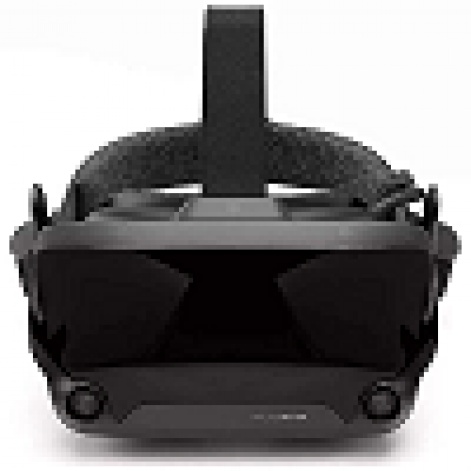 |
Valve Index | 2880x1600 | 144 | 107 | $999 | 2019 |
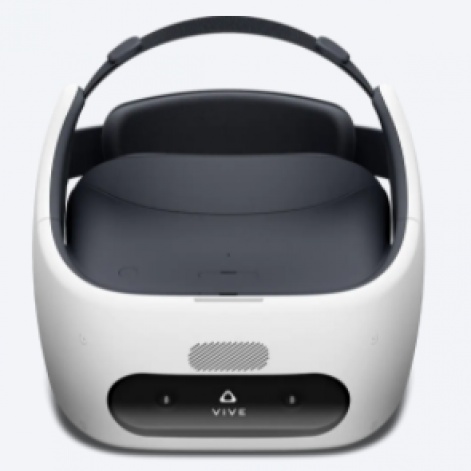 |
HTC Vive Focus | 2880x1600 | 75 | 110 | $599 | 2018 |
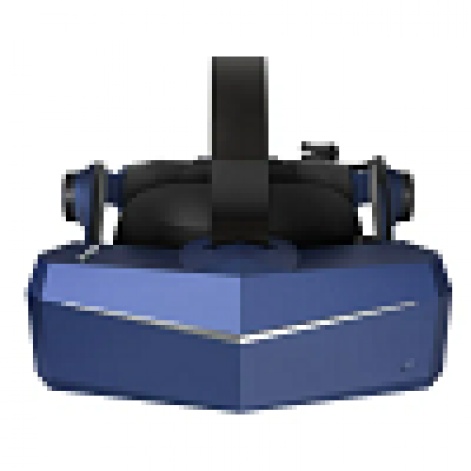 |
Pimax Vision 8KX | 7680x2160 | 90 | 200 | $1849 | 2019 |
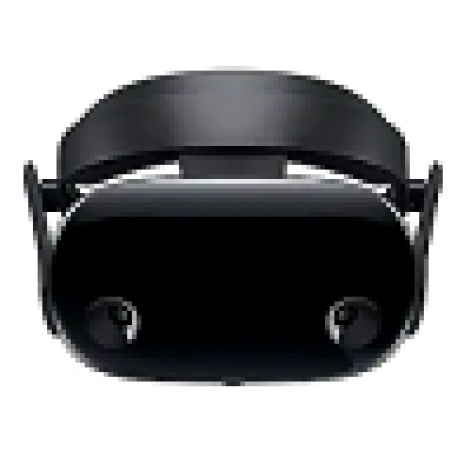 |
Samsung Odyssey+ | 2880x1600 | 90 | 101 | $499 | 2018 |
 |
HTC Vive Pro | 2880x1660 | 90 | 88 | $1199 | 2018 |
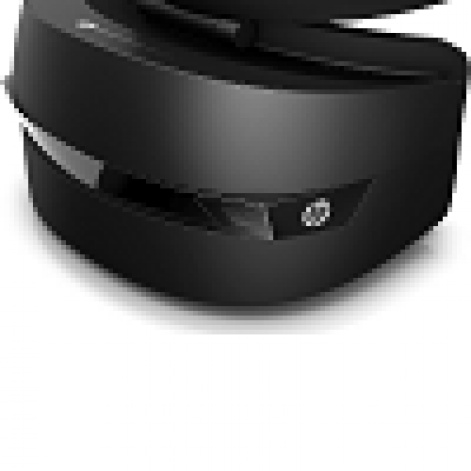 |
HP VR1000 | 2880x1440 | 90 | 95 | $399 | 2017 |
|
|
Dell Visor | 2880x1440 | 90 | 97 | $349 | 2017 |
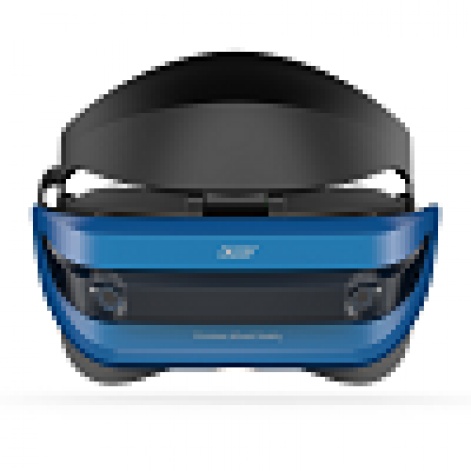 |
Acer AH101 | 2880x1440 | 90 | 97 | $399 | 2017 |
 |
Lenovo Explorer | 2880x1440 | 90 | 97 | $380 | 2017 |
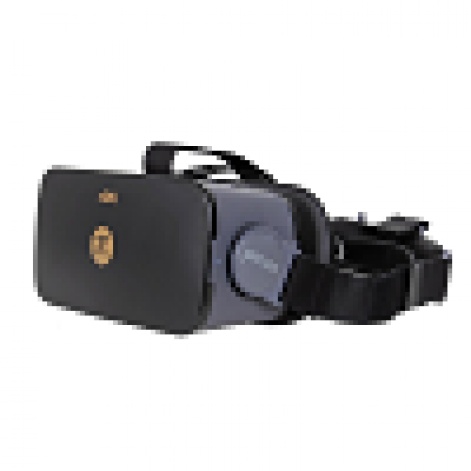 |
Pimax 4K | 3840x2160 | 60 | 110 | $375 | 2017 |
 |
Sony PS VR | 1920x1080 | 120 | 96 | $299 | 2016 |
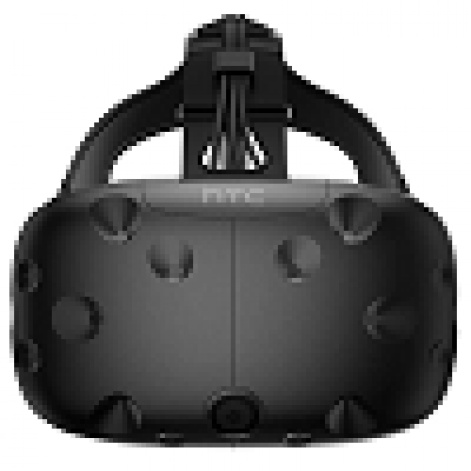 |
HTC Vive | 2160x1200 | 90 | 88 | $799 | 2016 |
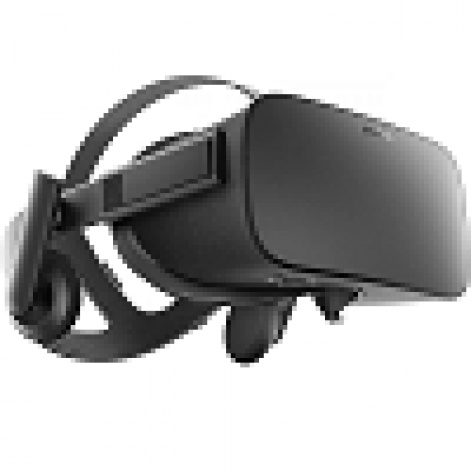 |
Oculus Rift (CV1) | 2160x1200 | 90 | 88 | $599 | 2016 |

